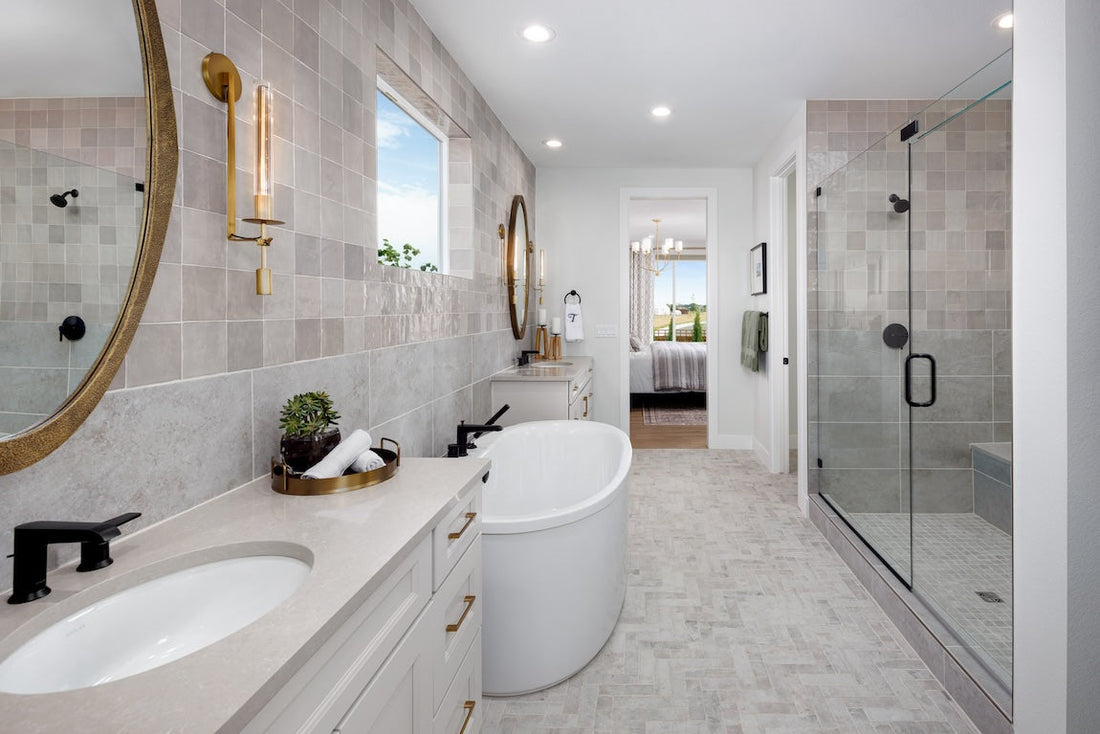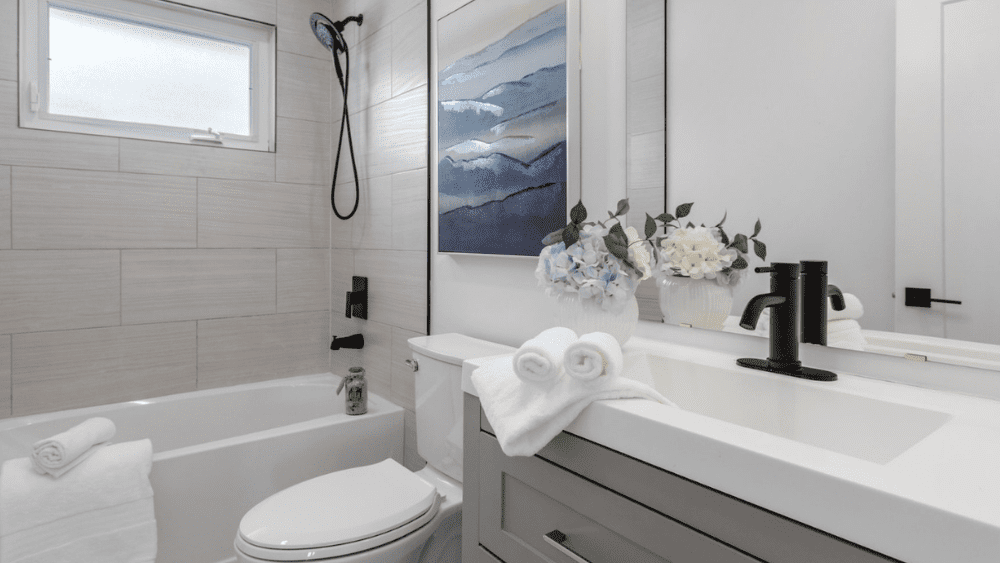
Can water-saving toilets reduce water bills effectively?
Share
With the increasing emphasis on sustainability and the efficient use of resources, a question that arises frequently among tech professionals and enthusiasts is: Can water-saving toilets reduce water bills? It's a pertinent inquiry, particularly in an era where water conservation is as critical as technological advancement.
In the modern smart home, the integration of water-efficient technology is becoming a norm. From smart thermostats to automated lighting, every device is geared towards enhancing efficiency. However, the bathroom often remains a forgotten frontier in this technological revolution. The advent of high-efficiency toilets is changing this narrative.

Understanding Water-Saving Toilets
Water-saving toilets, also known as high-efficiency toilets (HETs), are designed to use significantly less water per flush than traditional toilets. While conventional toilets can use up to 6 gallons per flush, HETs use as little as 1.28 gallons. This drastic reduction in water usage can lead to substantial savings on water bills.
The technology behind these toilets is fascinating. Many models employ a dual-flush system, allowing users to choose between a full flush and a partial flush, depending on the waste being disposed of. This adaptability ensures that water is used judiciously, further contributing to conservation efforts.
Technological Innovations in Water-Saving Toilets
Tech enthusiasts will appreciate the innovative features that many water-saving toilets boast. For instance, some models incorporate dual-flush technology, which uses different water volumes for liquid and solid waste, optimizing the use of water based on necessity. Additionally, some toilets are equipped with pressure-assisted flushing mechanisms that enhance efficiency while reducing water usage.
Moreover, certain smart toilets can connect to home Wi-Fi networks, providing insights into water usage patterns and offering suggestions for further conservation. These features align with the broader trend of integrating IoT devices into household management, making them not just water-efficient but also smart and intuitive.
The Financial Impact of Water-Saving Toilets
The potential for saving money is a significant motivator for adopting water-saving toilets. By reducing water usage, these toilets can lower monthly water bills, providing a financial incentive to make the switch. According to estimates, households can save up to $110 annually by replacing older models with efficient ones.
For tech professionals, investing in such technology is not merely about immediate savings. It's about long-term gains. Over time, the initial cost of installing a water-saving toilet is offset by the reduced utility expenses. Furthermore, this investment contributes to a sustainable lifestyle, aligning with the values of environmental stewardship that are central to the tech community.
Environmental Benefits
Beyond financial savings, the environmental impact of water-saving toilets is profound. Water conservation is critical in mitigating the effects of climate change, preserving natural ecosystems, and ensuring a sustainable future. By using less water, these toilets help reduce the strain on municipal water supplies and lower the energy required for water treatment processes.
The environmental benefits extend to reducing carbon footprints, as less energy is consumed in water heating and treatment. For tech enthusiasts, this adds an element of social responsibility to their tech-driven lifestyle.
Adoption and Implementation
Adopting water-saving toilets is a straightforward process. Innovations in bathroom remodeling have made it easier to integrate these efficient models into existing setups without extensive renovations. Many manufacturers offer retrofitting options that accommodate older plumbing systems, making the transition seamless for homeowners.
Furthermore, government incentives and rebates for installing water-efficient fixtures can further reduce the financial burden of making the switch. These programs are designed to encourage widespread adoption, contributing to national and global water conservation goals.
Choosing the Right Model
When selecting a water-saving toilet, it's essential to consider factors such as flush performance, ease of installation, and compatibility with existing plumbing. Resources like the Sanitary Supply Association provide valuable insights into choosing the best model for your needs.
Additionally, reviews and comparisons of top water-saving toilets can guide your decision-making process, ensuring that you select a product that balances efficiency, cost, and functionality.
Conclusion
In conclusion, the question of whether water-saving toilets reduce water bills is answered with a resounding yes. The integration of this technology not only provides financial benefits but also aligns with broader environmental goals. For tech professionals and enthusiasts, adopting water-saving technologies represents a step towards a more sustainable future, where innovation and conservation go hand in hand.
By embracing these innovations, we can significantly impact water conservation efforts, ensuring that our resources are preserved for future generations. As we continue to advance technologically, let us not forget the importance of integrating sustainability into our everyday lives.

FAQs
What are the main benefits of water-saving toilets?
Water-saving toilets offer financial savings on water bills, contribute to environmental conservation by reducing water use, and align with sustainable living practices.
Do water-saving toilets require specific installations?
Most water-saving toilets are designed to fit standard plumbing systems. However, it's advisable to consult with a professional to ensure compatibility and optimal performance.
Are there any government incentives for installing water-saving toilets?
Yes, many regions offer rebates and incentives for installing water-efficient fixtures, encouraging homeowners to switch to more sustainable options.
This article contains affiliate links. We may earn a commission at no extra cost to you.
